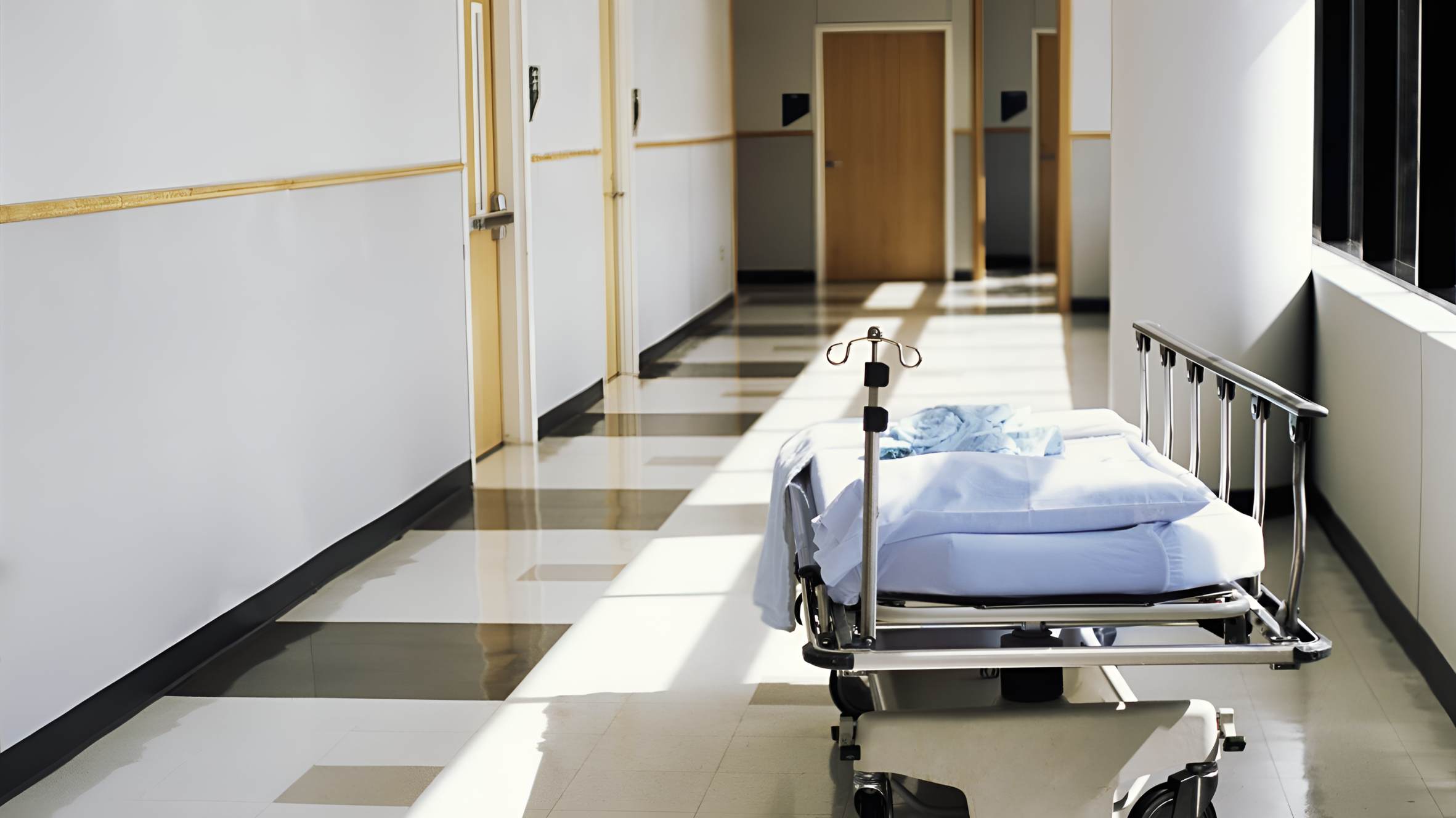When a woman in Garissa chooses a health facility to deliver her baby, she may expect safety compared to home birth, but the reality is often the opposite.
A new government-backed study has placed Garissa among the most dangerous counties in Kenya for mothers during childbirth.
The research, carried out by the Ministry of Health and partners, shows stark differences in safety for mothers depending on where they deliver. While some counties have made major gains in protecting mothers and babies, others continue to record alarmingly high risks.
The study titled “Trends in maternal mortality and stillbirths by county in health facility data, Kenya, 2011–2022” was published last week in the BMC Pregnancy and Childbirth journal. It was led by Ministry of Health statistician Rose Muthee, who, with her team, reviewed over a decade of records from the Kenya Health Information System (KHIS) and the Maternal and Perinatal Death Surveillance and Response (MPDSR).
The researchers set out to determine how many mothers died during delivery in health facilities and how many babies were stillborn. Their findings reveal both progress and setbacks.
Maternal deaths in facilities dropped from 132 per 100,000 live births in 2011 to 97 in 2022, while stillbirths fell from 24 per 1,000 births to 16. But this progress stalled after 2018, leaving thousands of families exposed to preventable tragedies.
“Despite initial declines, the institutional maternal mortality ratio has stagnated since 2018,” the study noted.
Garissa and Mombasa emerged as the deadliest counties for mothers, each with mortality ratios above 200 deaths per 100,000 live births, more than double the national average.
Kisumu, Isiolo and Tana River also fared poorly, with ratios between 150 and 200. Even Nairobi, with its large number of hospitals and specialists, recorded 132, placing it among the riskier counties compared with some rural regions.
Stillbirth outcomes mirrored maternal deaths. Tana River posted the worst outcome—32 stillbirths per 1,000 births—meaning nearly one in every 30 babies was born dead.
In contrast, some counties performed much better. Nyamira, Elgeyo Marakwet and Nandi recorded maternal mortality ratios below 50, far below the national average.
Nyamira also led on stillbirth outcomes, with just 11 per 1,000 births.
“The wide county variations suggest persistent inequities in access to and quality of maternal health services,” the researchers said.
The study shows that a woman’s survival in childbirth still largely depends on her county of residence.
Counties with high deaths often lack skilled health workers, have weak emergency response systems, and operate poorly equipped hospitals. Better-managed counties, on the other hand, benefit from stronger health systems and more reliable reporting.
“Counties with referral hospitals often report higher mortality due to concentration of complicated cases,” the paper noted, citing Nairobi as one such example.
The research also exposed troubling flaws in reporting. Although KHIS and MPDSR tracked similar trends, the latter consistently undercounted deaths. In 2022, only 57 percent of expected maternal deaths were recorded in MPDSR compared to KHIS.
“Underreporting of maternal deaths and stillbirths is more likely in counties with weaker health systems, which are also the counties where women face the highest risks,” the study warned.

